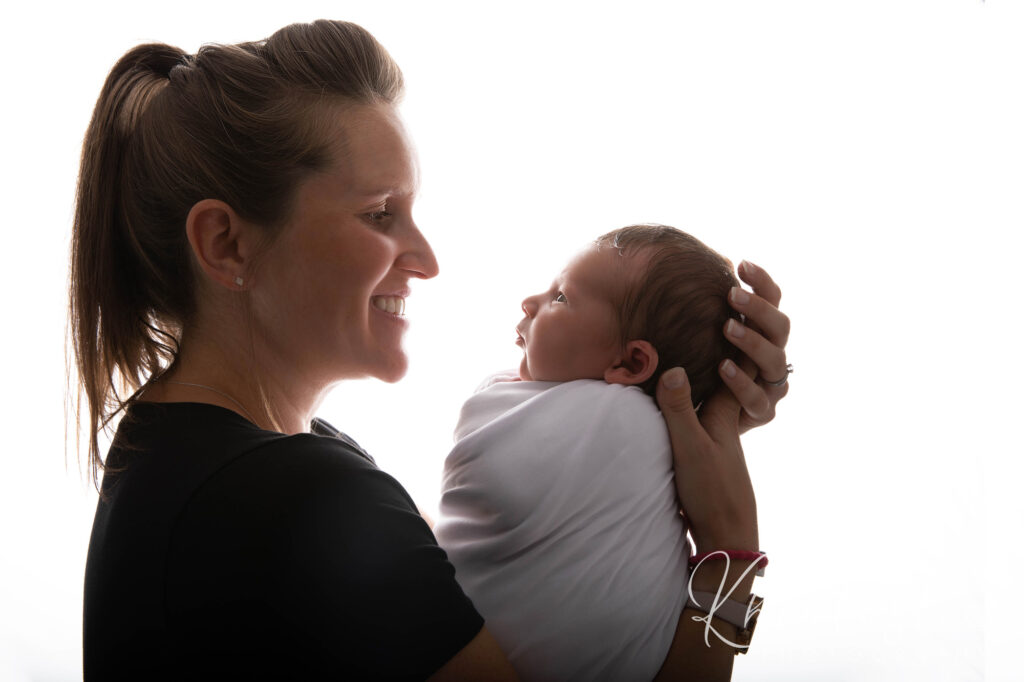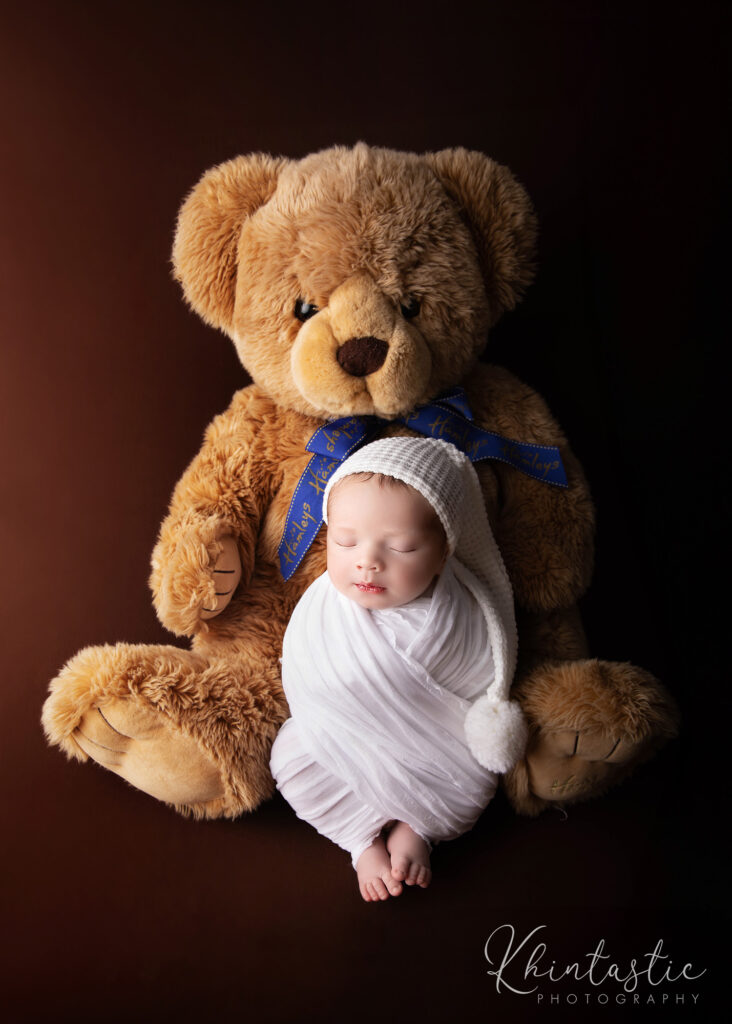Welcoming a newborn into the world is a monumental moment in any parent’s life, and capturing those early days through photography is a treasure that lasts a lifetime. If you’re a new parent planning to capture the essence of your newborn in 2024, here’s a comprehensive guide to ensure you get the most beautiful, timeless photos of your little one.

Choose the Right Time
The ideal time for newborn photography is within the first two weeks of birth. During this time, babies are usually more sleepy and pliable, which helps in posing them in those adorable curled up positions. Plan your photo session around your baby’s feeding and sleeping schedule to capture them at their calmest.
Selecting the Photographer

Newborn photography is a specialized field, requiring not just photography skills but also patience and a gentle hand. When choosing a photographer:
- Experience Matters: Look for someone with substantial experience in newborn photography. Check their portfolios for styles that resonate with you.
- Safety First: Ensure the photographer practices safe handling of newborns during the shoot. Feel free to ask about their process and any training they have undergone.
- Reviews and References: Read reviews or ask for references from other parents to gauge their satisfaction with the photographer’s work.
Preparing for the Shoot
- Location: Decide whether you want the photoshoot at your home or in a studio. Each offers different comforts and aesthetics. Home shoots are more personal and comfortable, while studios provide controlled environments and lighting.
- Outfits and Props: Discuss with your photographer about outfits and props. Some photographers provide these, ensuring they are safe and suitable for newborns. If you prefer to use personal items, choose simple, non-distracting pieces that complement your baby’s natural cuteness.
- Comfort: Keep the room warm if the baby will be unclothed to prevent any discomfort. Have essentials like diapers, wipes, and extra feed ready.
During the Photo Session
- Stay Relaxed: Newborns pick up on the stress of their parents. The calmer you are, the more likely your baby will remain relaxed.
- Feeding Breaks: Allow time for feeding during the session. A well-fed baby is a happy baby.
- Incorporate Family: Including parents and siblings in some photos adds a beautiful, personal touch. These interactions often make for the most heartfelt images.
Styles and Poses






Discuss with your photographer the types of poses you are interested in and ensure they align with safe practices for newborn photography. Popular styles include:
- Wrapped Poses: Babies wrapped in soft blankets are a classic.
- Props: Baskets, bowls, or hats can add a cute element, but ensure they are used safely.
- Family and Siblings: Capturing the interaction between family members and the baby can add a layer of emotional depth to your photos.
Post-Photography
Once your session is complete, you’ll typically wait a few weeks to get the edited images. Discuss with your photographer the delivery format, be it digital files, prints, or a photo book. Make sure you back up digital photos to avoid losing them.
Photographs of your newborn are more than just images; they are precious memories that will be cherished for generations. By preparing adequately, choosing the right professional, and focusing on the safety and comfort of your baby, you can ensure these photos capture the essence of your newborn’s early days with beauty and care.

Equally pivotal to successful newborn photography is meticulous preparation ahead of time. To foster a serene atmosphere conducive to photographing, ensure nourishment and burping rituals are completed beforehand, leaving your little one satiated and more tranquil throughout snapping sessions—warding off potential fussiness effectively. Opt for attire that embodies simplicity and comfort; this wards off any potential skin agitation or distress they may experience during their baby photoshoots. Keep pacifiers or treasured blankets within reach—they serve brilliantly as calming agents should restlessness arise unexpectedly during picture-taking endeavors.

The significance of parental involvement must never be undervalued when capturing moments between parent and child through imagery—it has proven potential to evoke striking emotional resonance across audiences viewing such tender interactions later down memory lane: whether you envelop them lovingly in an embrace, cradle delicately in your arms, let tiny fingers curl around yours—all conjure images laden with raw sentiment far surpassing those captured solo.
An essential step towards refining infant pictures lies within curating an ideal scene-setting—a clutter-free zone ensures visual distractions do not detract from focusing solely on cherubic subjects whilst integrating elements reflective of familial identity to create intimate backdrops filled with meaning. Whether positioning precious keepsakes strategically or highlighting cozy nursery corners telltale signs signify personal tales connected intimately telling stories where words fail but visuals speak volumes about life’s beginning chapters set amidst family histories unfolding.

0 Comments